It all boils down to Communication. Unless you and your dog learn to fluently communicate every single time you are interacting, you can bet you’ll have struggles ahead.
Communication is the single most powerful and effective training tool we have.
Maybe the ONLY one.
Think about it…what else is there?
You, your dog and your relationship. That’s it.
Everything else is perimeter stuff. Tools. Aids. Distractions. Skills.
So, what exactly is Communication?
“The successful exchange of information, ideas and feelings.”
You can see by this definition that Communication is an EXCHANGE. It is not a one-way flow.
It’s also about more than information. We’re talking ideas and feelings as well. Your feelings and your dogs feelings.
When we take all of this into account, we are communicating! Or not.
One thing I have found over the years, is that we are often inadvertently teaching our dogs to ignore us.
What????
Yep. It’s simple.
When we:
- ask our dogs to do something they cannot do
- when we focus on training sessions instead of lifestyle
- when we are distracted, incongruent, or unsure
- when we are not acutely aware of the effect we are having on our dog and are not modulating/adjusting with that awareness
…We are teaching our dogs to take responsibility for filtering our communication…
and if we leave it up to them, alone, to figure out what’s important and what’s not, we are setting up our partnership for failure.
So, instead, if we teach ourselves to be fully aware, to be conscious, to be cognitive…
If you consciously communicate with your dog every single time you interact…
Your dog will be always be attentive to you!
This is the language of partnership … and that leads to:
The Circle of understanding and cooperation
The center of this circle is where we want to be. This circle is like a container of connection, understanding and cooperation.
It’s a beautiful place to be!
With greater awareness and solid intention, we begin to map out a path that leads directly to the center of this circle.
As we learn to deepen our communication skills, it’s important to remember that dogs are natural hunters, so their skills of observation are off the charts.
Their ‘animal’ instincts are still intact. We, on the other hand, need to step back into that place of keen observation.
Important ways dogs communicate:
The senses: what dogs see, hear, smell. We are particularly interested in Sight and Hearing. We want our dogs to keep us in their sights, and we want to use sounds to have a specific effect.
Such as high pitched, repetitive sounds for action. Slow, low, soothing sounds for calming.
A key point to remember is that human English is NOT a native language to a dog. So, the verbal cues should be taught last, and they should be taught as a verb. More about that in future articles.
Movement: Dogs are very, very attentive to movement and we want to use that in our interactions. For example: Moving away from a dog quickly will get their attention, and cause them to move towards us.
Expression: We want to pay particular attention to the emotions our dogs are expressing. You want to gather feedback from their eyes, ears, mouth, posture, tongue, tail carriage and movement.
Intention: what’s the purpose behind the expression and action.
Keep in mind: These are the same things our dogs use to gather information about us.
This dialog loop is something that you will use anytime you are actively engaged with your dog. And: Especially when you are training new skills.
The idea is that you create flexible lessons that are responsive to your dog’s feedback.
Step 1 Prepare to maximize success for you and your dog.
That preparation focuses on YOU understanding what you want to teach your dog…and on the ‘big picture’ or end goal…as well as the details and steps to get there.
Preparation is also about you being Present and attentive to your dog. If you are stressed or distracted, your dog will reflect that back to you.
Step 2 Understand your dog’s feedback.
Is your dog’s behavior indicating eager, calm, thinking? Or distracted, stressed, hyper?
Then, you’ll bring that feedback into your interactions and training…adjusting the lesson to bring success, or to move on to the next step.
Step 3 Repeat.
This is the template you’ll use for everything you want to teach your dog.
A Story about Communication and the Dialog Loop
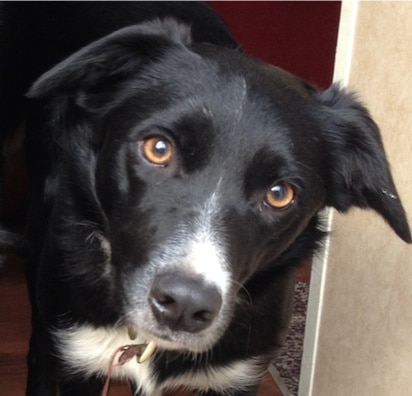
When Raven was about 6 months old, she stopped running into the van to load up when we were on the road. When I called her, she would hide behind a nearby tree or something. This was a complete turn around from her usual eagerness to run and jump in.
At first, I thought, uh-oh, pre-teen independence emerging. But I quickly realized that a combination of two things were happening:
1. She wanted to be last in the van, to be sure everyone else was loaded up. She was working.
2. She was a bit uncomfortable with the whole thing: she had to jump past me in the doorway, and into a van filled with adult dogs staring out. She was more aware now that she was older.
It was a pickle for her. So, what I did was:
1. Not call her. If I did, I would be setting her up for failure.
2. When all the dogs were loaded, I stepped away from the van and she ran right over to me. I gave her a treat, then happily said, ‘who wants a load-up cookie?’ … then turned away from her, towards the van, but did not go into the doorway until she was in.
3. Loved her choice. Gave out cookies.
After a few repeats of this scenario, Raven happily jumps into the van…always the last dog in. I totally accept that she needs to be last in…and there is no reason to change that, in my opinion.
I always nurture collaborative and independent thinking in my dogs. I trust that ultimately, we will both want the same thing and that will make both of us happy partners!
WHAT ARE YOUR COMMENTS OR QUESTIONS ABOUT COMMUNICATING WITH YOUR DOG??
Leave a comment below and let’s talk about it!
Click the Banner to Download Your Free Book and get on my VIP Subscriber list for the latest tips and insights:
 Experience Success in all you do … sports, performance and every day life.
Experience Success in all you do … sports, performance and every day life.
This FREE guide will teach you 5 Core Principles that will help you:
- Identify and Solve Your Dog Training Challenges.
- Get the Performance Results You Want.
- Be a Fun, Confident, Attentive Trainer that Your Dog Adores!

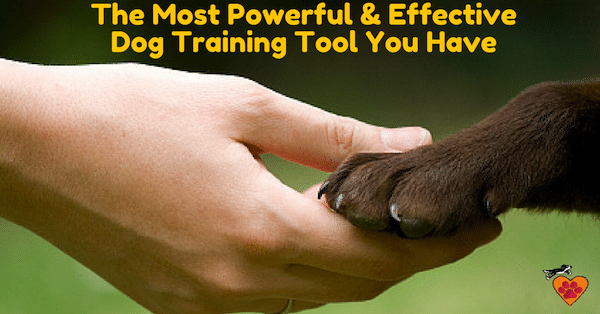
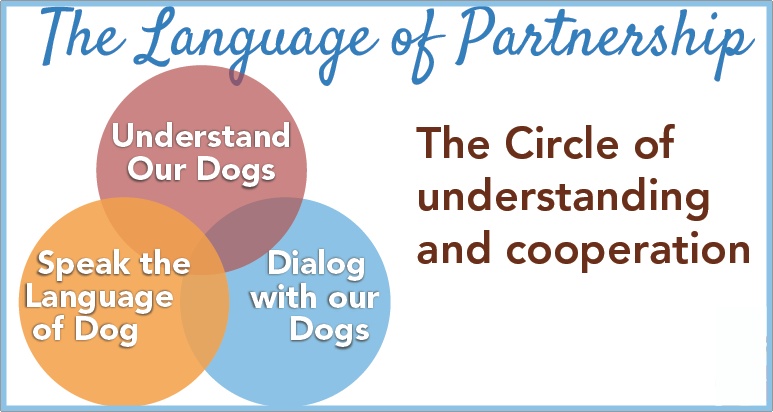
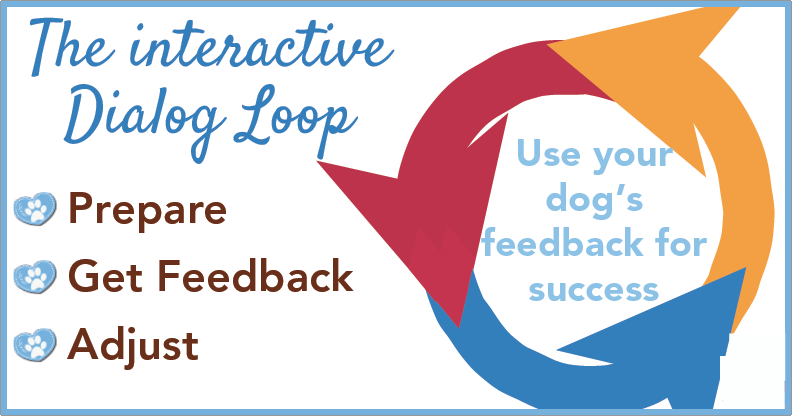

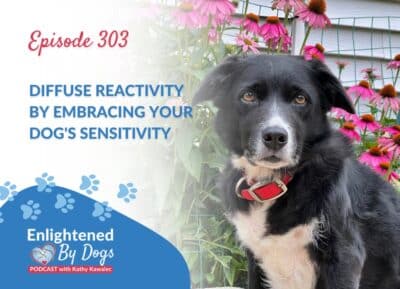



3 Responses
Hi Kathy!
Sorry I have been out of the communication loop myself lately but I just started a new job. I was wondering if there is a way to apply your principles of communication to receive information from our dogs regarding a particular choice when we have the opportunity to offer them one. For example, my collie, Kayleigh seems to have fairly strong opinions about things but obviously she can’t share them with me and when she does, it comes in the form of reactivity. I just wish I could know in advance what bothers her so we can work on the front end of a situation instead of having to deal with a reactive behavior on the back end of a situation. Unfortunately, I have not detected any patterns as to what thing or things bother her, and I would love nothing more than to be able to truly dialog with her so I can meet her needs and help her learn to look to me for help rather than react to things that disturb her. Any ideas? I’d love to hear from you!
Sincerely,
Aliza Kossowsky
Hi! Would you mind if I share your blog with my facebook group?
There’s a lot of folks that I think would really appreciate your content.
Please let me know. Thanks